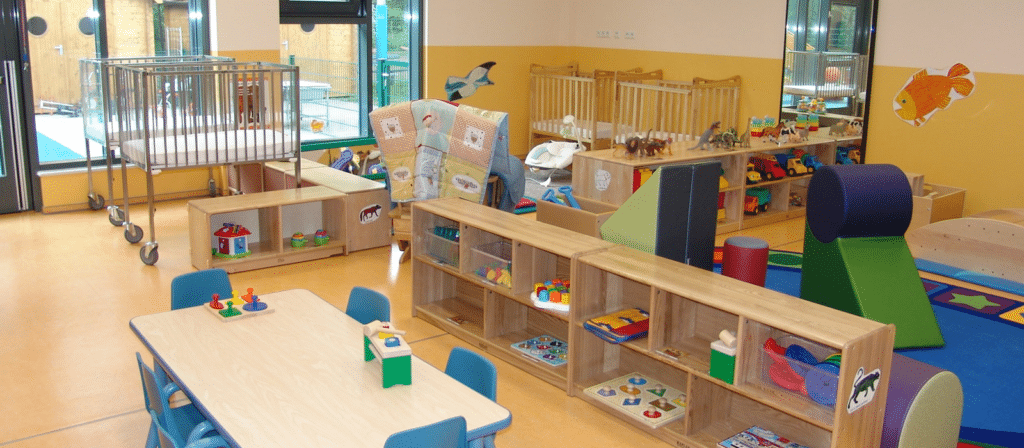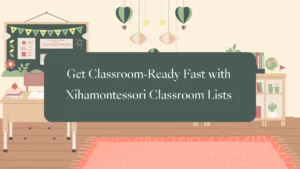Step into the world of a Montessori classroom and discover the diverse areas that foster holistic development and independent learning. From practical life to language, mathematics, and beyond, each area serves a specific purpose in the Montessori educational approach.
The Practical Life Area: Nurturing Independence and Life Skills
One of the first areas you will notice in a Montessori classroom is the Practical Life area. This space is dedicated to fostering independence and developing essential life skills. Here, you will find activities such as pouring, spooning, buttoning, and sweeping. These activities may seem simple, but they serve a fundamental purpose in helping children refine their fine motor skills, concentration, coordination, and focus. The Practical Life area also emphasizes the importance of order, responsibility, and care of oneself and the environment.
The Sensorial Area: Exploring the Senses
The Sensorial area in a Montessori classroom is designed to help children explore and refine their senses. This area consists of various materials that allow children to engage in activities that stimulate their senses of sight, touch, smell, taste, and hearing. Through activities like matching, grading, and sorting, children develop their ability to discriminate and classify sensory impressions. This area also helps children develop a sense of order, concentration, and attention to detail.
The Language Area: Building Communication Skills
Language development is a crucial aspect of a child’s education, and the Montessori classroom provides a dedicated area for this purpose. The Language area is equipped with materials that support the development of vocabulary, reading, writing, and comprehension skills. Children engage in activities like sandpaper letters, moveable alphabets, and reading corners to enhance their language skills. The Montessori approach to language learning emphasizes phonics, word building, and the use of contextual materials to foster a love for reading and writing.

The Mathematics Area: Nurturing Numeracy Skills
Mathematics is another important area in a Montessori classroom. The Mathematics area is designed to help children develop a solid foundation in numeracy skills through hands-on activities. Children work with materials such as number rods, golden beads, and spindle boxes to understand concepts like quantity, counting, addition, subtraction, multiplication, and division. The Montessori materials provide a concrete representation of abstract mathematical concepts, enabling children to develop a deep understanding of numbers and mathematical operations.
The Cultural Area: Exploring the World
In a Montessori classroom, the Cultural area offers children the opportunity to explore the world around them. This area encompasses subjects like geography, history, science, music, art, and nature. Through hands-on activities and materials, children learn about different cultures, continents, animals, plants, and scientific concepts. The Cultural area encourages curiosity, critical thinking, and a sense of wonder, fostering a holistic understanding of the world and nurturing a love for learning.
The Outdoor Area: Connecting with Nature
In addition to the indoor areas, a Montessori classroom often includes an outdoor space that allows children to connect with nature. The outdoor area provides opportunities for physical exercise, imaginative play, and exploration. It is designed to promote gross motor skills, sensory experiences, and an appreciation for the natural world. Children may engage in activities like gardening, outdoor games, and nature walks, further enhancing their overall development and well-being.
Conclusion:
In a Montessori classroom, the main areas encompass practical life, sensorial exploration, language development, mathematics, and cultural/science experiences. By providing purposeful materials and a carefully curated environment, Montessori classrooms foster independent learning, critical thinking, and a deep understanding of the world. Understanding the main areas of a Montessori classroom equips parents and educators with insights into creating an engaging and enriching learning environment for children.













